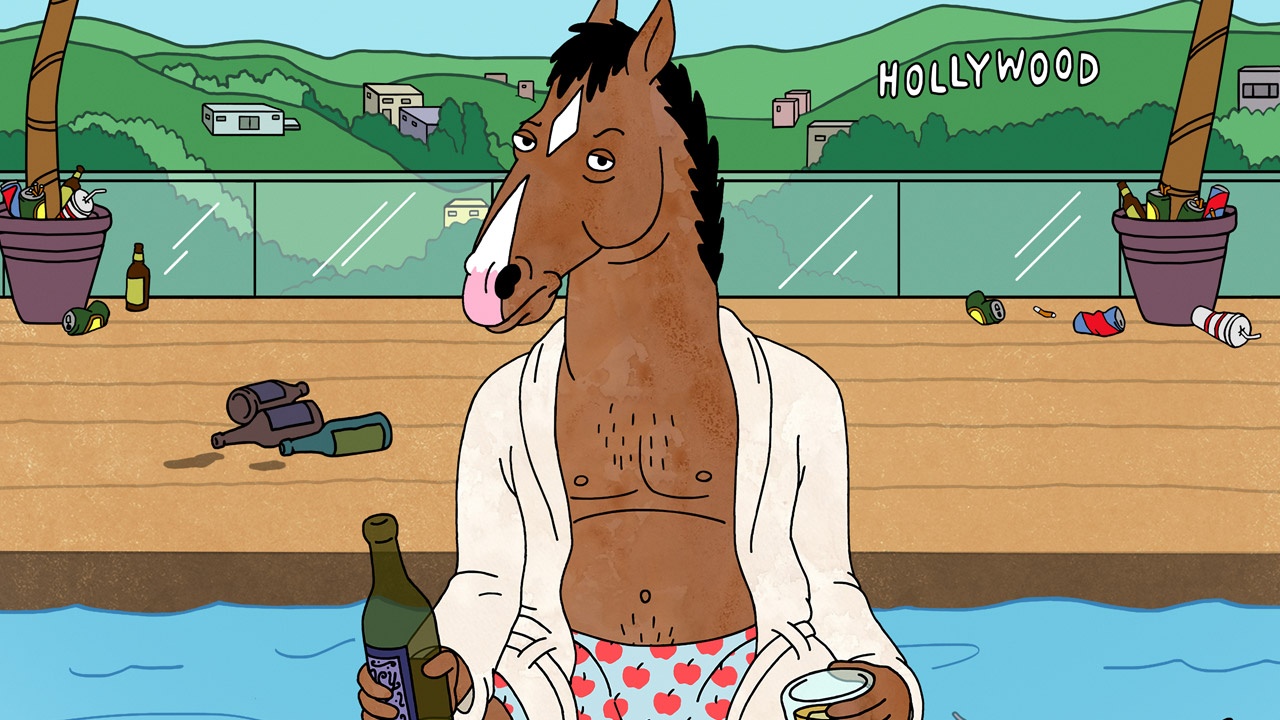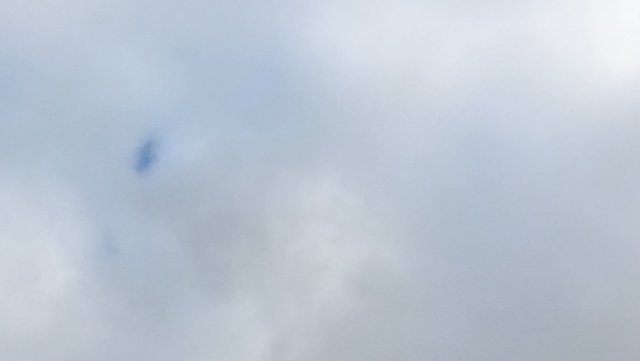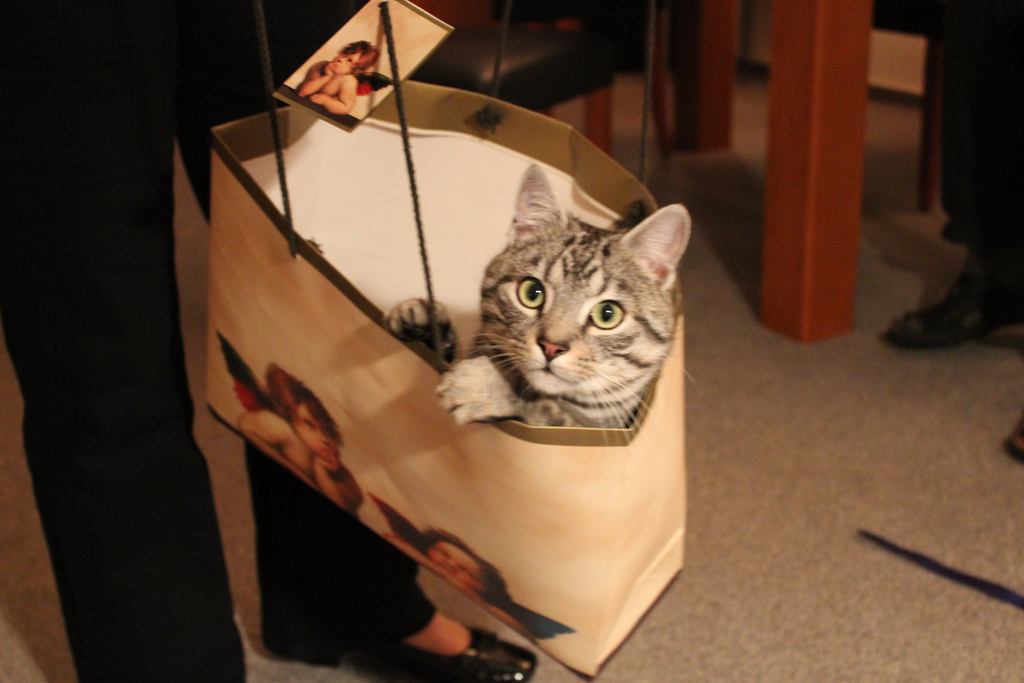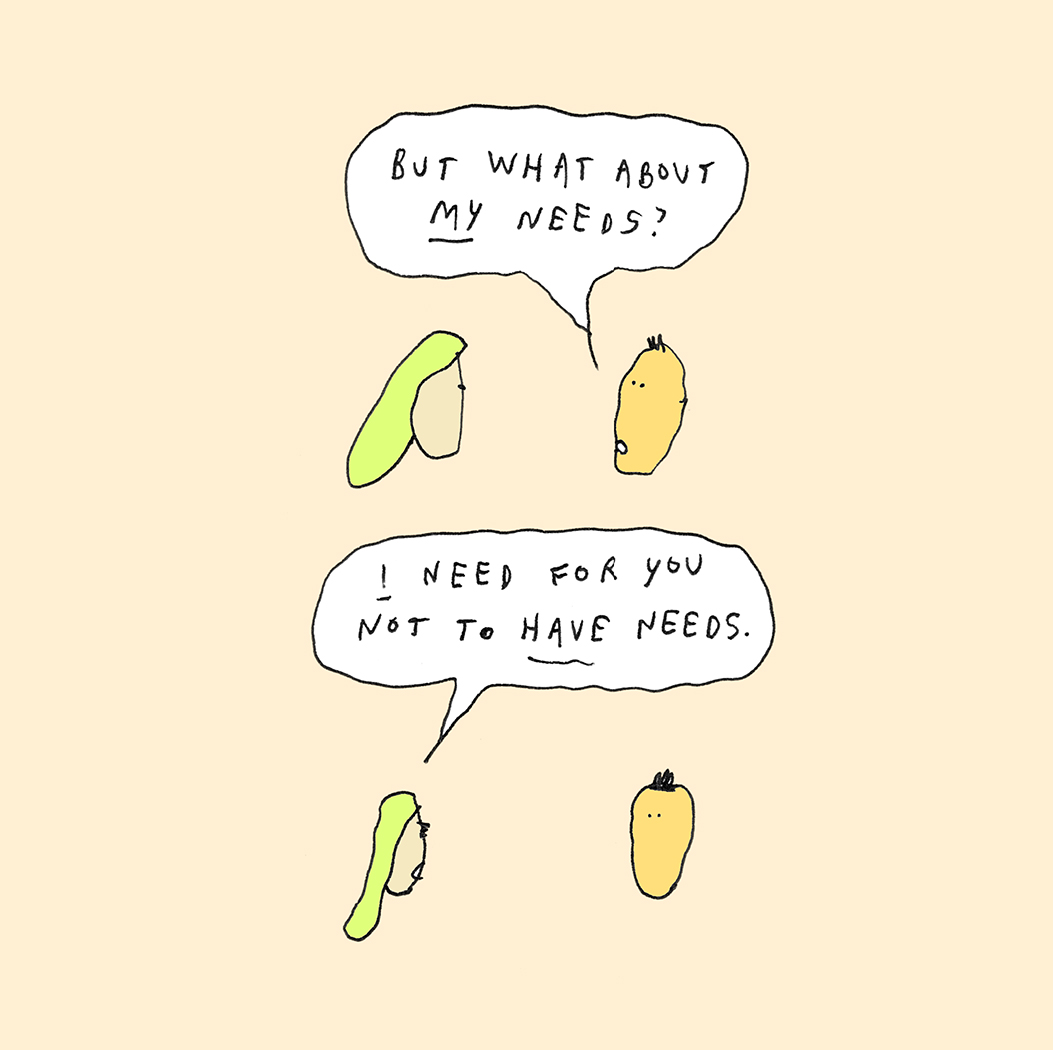Back On My Bullshit* (*Extremely Pleasant Dvořák Symphonies)

By Anoniem (Foto in Antonín Dvořák museum) – PD old, Public Domain, Link
When I writing this column over a year ago, I began with my favorite symphony of all time, Antonín Dvořák’s From The New World. I have tried my best during that time not to write about Dvořák too often, though I couldn’t help but laugh when a handful of his Slavonic Dances showed up on my Spotify Top Songs of 2017 playlist (sandwiched between Liability and New Rules lmao). This past week, I saw the Chicago Symphony Orchestra perform his Symphony No. 5, and I realized there wasn’t a chance in hell I wouldn’t write about it.
You see, Dvořák’s Symphony No. 5 (Czech Philharmonic Orchestra, 1993) is exceedingly pleasant. Written almost twenty years before From The New World, there are hints of the same triumphant spirit and intrinsically joyful melodies in this earlier work. At the time, this symphony was considered the composer’s first (his first four were not published until after he died) which would have made From The New World his unofficial fifth. I mean, that doesn’t matter. It’s just an interesting fact! The ninth is still better but this one is wonderful nonetheless.
The Peculiar Sadness of Animated Alcoholics

Screenshot: Netflix
In 2015, writer Jenny Jaffe coined the term “sadcom” to refer to an emerging genre of television show. Less dire than black comedies but far bleaker than the unmixed type, these shows—among them titles like “Unbreakable Kimmy Schmidt” and “Louie”—know that humor cuts deeper and hits harder when it’s undergirded by sadness. So they center on anti-heroes, men (they are nearly always men) who see the world for exactly what it is: fucked-up, out of our control, and ultimately pointless. The universe is a joke and our petty selves are the punchline. The best we can do is know that, and try to get some laughs out of it when and where we can.
Sadcoms are rarely cited in the emerging canon of the Golden Age of Television, but they share a certain aesthetic with modern hour-long prestige drama: a messy emotional realism that, when it tips too far, conflates smart with sad, and complicated with interesting. There’s a palpable disdain for sentiment, that old-fashioned notion that viewers might want to watch shows about people they can easily like, or relate to.
But where prestige drama is Serious Television for Serious Adults, sadcoms are Shows For Adults Who Like, Don’t Take Themselves That Seriously, God, which is perhaps why some of the most prominent shows in the genre are cartoons.
New York City, December 11, 2017
 ★★★ A crunching and sloshing sound filled the schoolyard as little feet made their way over wet and broken ice. A stroller skidded through it without its wheels turning. The wonderment was gone, save for the flash of a curtain of meltwater coming off a scaffold in the sun, lovely from the other side of the street. The cold was still strong enough to work its way into the office and, slowly, right on through a dense sweater.
★★★ A crunching and sloshing sound filled the schoolyard as little feet made their way over wet and broken ice. A stroller skidded through it without its wheels turning. The wonderment was gone, save for the flash of a curtain of meltwater coming off a scaffold in the sun, lovely from the other side of the street. The cold was still strong enough to work its way into the office and, slowly, right on through a dense sweater.
Dilbert: A Reckoning
Without irony: I deeply love Dilbert.
From ages 8 to 12, the funny pages were both my primary hobby and major career aspiration, and Dilbert was a top-tier favorite, thanks to my dad’s own sizable collection. The strip debuted in the early nineties as a revolutionary new catharsis right when my dad’s own career switched from blue-collar to white. It may sound implausible that a 10-year-old would enjoy the byzantine dysfunctions of a group of pudgy, poorly drawn engineers—the funny pages are rarely for kids. Even the kid-only universe of Peanuts is, in adult retrospect, mostly about the psychological cruelties of childhood. By contrast, Dilbert had characters like a talking rat named Ratbert and a talking dinosaur named Bob, who administered atomic wedgies around the office.
Dilbert did not take breaks on Mother’s Day or Valentine’s Day or Christmas, when the rest of the comics can briefly rest from the nyucks for a heart-warming hug as a cartoon family. There is no setting in Dilbert where this can happen. There is the bare office, and Dilbert’s empty bachelor pad with Dogbert (glasses-wearing talking dog with business acumen). That’s about it.
Glaucous, the Greeny Blue of Epic Poetry and Succulents
.
.
.
.
.
.
.
.
.
In the first season of the television show “Fargo,” the villain, Lorne Malvo, played by Billy Bob Thornton, asks the bumbling police officer (who is slowly cottoning to Malvo’s whole slick hit man shtick) a disorienting question: “Did you know the human eye can see more shades of green than any other color?” He presents this query as a riddle. Once the policeman knows the answer, Malvo suggests, he’ll be able to figure out what is happening in his small town. He doesn’t catch on—at least, not until a female cop (the season’s protagonist) spells it out for him. People can see many shades of green, she says, because of predators. Back when we were monkeys in the jungle, the story goes, we developed the ability to distinguish between greens so we could avoid the apex predators hiding in the foliage.
It’s a neat plot device, and it helps cement the various characters into their roles. And for the show’s purposes, it hardly matters that Thornton’s character is misrepresenting how human eyes work. (We don’t actually perceive more shades of green, but our brains are better at distinguishing between various shades of green than other colors.) But this tense little bit of screenwriting bothered me because it seemed to contradict something I knew about language and color. This story of predators and green-seeing prey suggested that the most significant color in human history was green—that green could somehow deliver us from death. But green was never our primary color. According to the Berlin-Kay theory of basic color terms, when people began to create words for colors, they didn’t start with jungle shades or leafy hues, as one might expect. They began with words to differentiate between light (gleaming) and dark (shadows). When these early humans did add a first color to the lexicon, it was almost always red. Green came later, and sometimes, it didn’t come at all.
New York City, December 10, 2017
 ★★★★ The snow, clean white in the sun, still crisply traced balcony rails and building tops. A lilac haze prettified New Jersey. Someone had built a decently orthodox three-ball snowman on the middle of one of the rooftop tables across the way. Downstairs the snow had held its place and its whiteness even down in the shrubbery. The light found little unpatterned ripples in the undisturbed surface on the top slope of a construction fence. Despite its stretched-out low angle, the sun still could modulate the cold. The wind that was hurrying the ivory-tinged fractus clouds along overhead was not reaching down into the streets. There was enough slush off toward the curb to walk through for peace of mind after dodging along a dog-spattered stretch of sidewalk. From the apartment, enough of the playground was visible to tell there’d be no point in bringing a basketball. Up close, yesterday’s delightful snowfield was now pocked and puddly, no good for snow play or anything else. The only clear option was the swings, though the six-year-old’s parka tail kept slipping off the rubber seat. When the swinging palled all that was left was snowball fighting. The snow from the foot of the fence could be packed into a perfect-looking sphere, but its true and greatest virtue was that it could also not be shaped at all: an unmodified handful of it, once scooped, would stay stuck together, heavy enough to fly true and loose enough to explode and spray on contact.
★★★★ The snow, clean white in the sun, still crisply traced balcony rails and building tops. A lilac haze prettified New Jersey. Someone had built a decently orthodox three-ball snowman on the middle of one of the rooftop tables across the way. Downstairs the snow had held its place and its whiteness even down in the shrubbery. The light found little unpatterned ripples in the undisturbed surface on the top slope of a construction fence. Despite its stretched-out low angle, the sun still could modulate the cold. The wind that was hurrying the ivory-tinged fractus clouds along overhead was not reaching down into the streets. There was enough slush off toward the curb to walk through for peace of mind after dodging along a dog-spattered stretch of sidewalk. From the apartment, enough of the playground was visible to tell there’d be no point in bringing a basketball. Up close, yesterday’s delightful snowfield was now pocked and puddly, no good for snow play or anything else. The only clear option was the swings, though the six-year-old’s parka tail kept slipping off the rubber seat. When the swinging palled all that was left was snowball fighting. The snow from the foot of the fence could be packed into a perfect-looking sphere, but its true and greatest virtue was that it could also not be shaped at all: an unmodified handful of it, once scooped, would stay stuck together, heavy enough to fly true and loose enough to explode and spray on contact.
The Greatest Gift We Can Give at the Holidays is Zero Fucks

Image: optische_taeuschung via Flickr
“I’m terrible at shopping for gifts. What should I do?” —Giving Gary
The holidays aren’t really about getting and giving great gifts. At least I hope not. Because I am one of the lamest gift givers in the world. I do my best shopping on Christmas Eve, when there’s only a few things left and I am at an airport news stand. Last year, I wrote Ben a poem—that’s how lame I am. I also bought him some weird Christmasy things at the local Goodwill. One was a weird foam reindeer. The other was a weird plush frog nutcracker with a paperclip sword.
He rarely likes the kind of things I buy for him. Usually some version of fleece hoodies from the university bookstore I work at or Detroit sports team loungewear. My only holiday hope for Ben is that he is warm. This year I bought us Christmas Eve tickets to The Phantom Thread which will be weird for me because I don’t think there are any super heroes in that movie at all. But it’s supposed to be beautiful and during the holidays when the days are short and dark we could all use a little beauty. Falling snow, shimmering lights, fancy costume drama.

